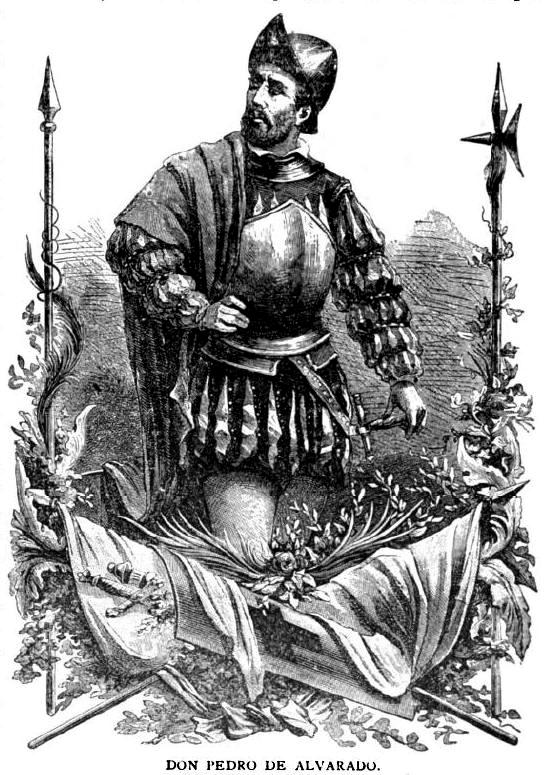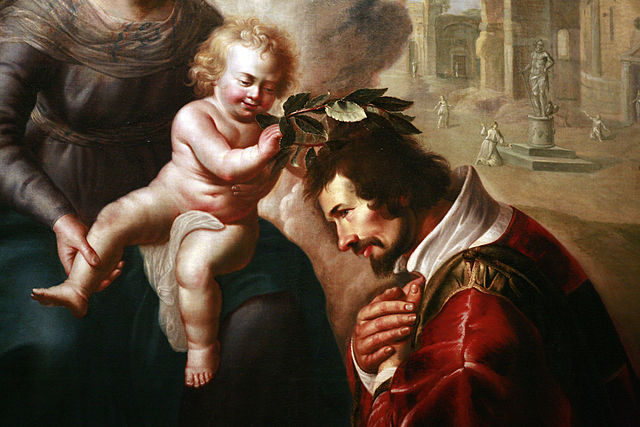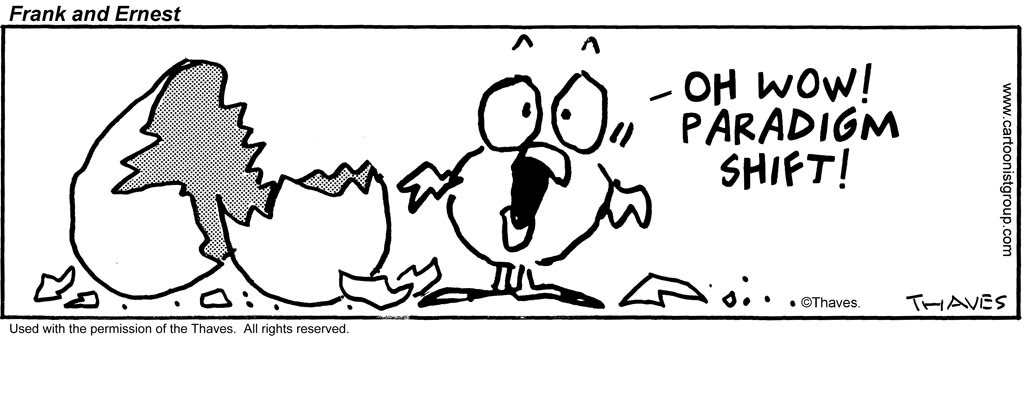We are happy to publish here a very helpful article from our friend Jose Gonzalez. See below for his bio. While his subject has universal importance, he is especially addressing Latin American contexts.
To understand our Latin mindset about sex, it is necessary to understand certain mutually reinforcing concepts: Gnosticism, Marianism and Machismo.
Gnosticism is a Hellenistic philosophy which ascribes to the body a lesser standing than the soul. The main application of this to Latin Catholicism is that sex, the act of “carnal knowledge,” is considered dirty and inherently sinful. One way this error enters our culture of exaggerated gender differences is to assume that women tend to be more “spiritual,” (i.e. less interested in sex) while men are more “carnal,” sexually obsessed) .
Latin Roman Catholicism has been influenced by dualism, exalting the virtues of sexual renunciation through vows of chastity and poverty, also giving disproportionate importance to virginity until marriage, to purity within marriage, and to chastity throughout life. Catholicism assigns a disproportionate gravity to sexual sin, one not matched by the attitudes of Jesus towards the Samaritan woman or the woman caught in adultery. Catholicism also makes strenuous efforts to prevent sexual sin through the use of chaperones, bars in the windows, etc. But due to Machismo, this highly moralistic view of sex is actually applied only to women and priests.
 Marianism is the inordinate reverence to the idea (and the image) of Mary, the mother of Jesus, to whom a supernatural origin and powers and a quasi-divine role are ascribed. She is called the Mother of God, the Mediatrix between God and man, the Queen, the Door of Heaven, etc. This idol called “Mary” is also laden with sexual overtones. Catholicism insists, for example, that Mary must have been “immaculately conceived.” Since sin and sex are inseparable in the gnostic popular mind, the implicit assumption of this weird dogma is that she must have been conceived asexually.
Marianism is the inordinate reverence to the idea (and the image) of Mary, the mother of Jesus, to whom a supernatural origin and powers and a quasi-divine role are ascribed. She is called the Mother of God, the Mediatrix between God and man, the Queen, the Door of Heaven, etc. This idol called “Mary” is also laden with sexual overtones. Catholicism insists, for example, that Mary must have been “immaculately conceived.” Since sin and sex are inseparable in the gnostic popular mind, the implicit assumption of this weird dogma is that she must have been conceived asexually.
Catholicism has a history of progressive enthronement around the image of Mary. In the V (or VI) century she was declared the Theotokos, “the bearer of God” (as in “carrier, rather than engenderer). The Council of Trent declared her to be “Inmaculata Concepta.” Then in 1935 she was declared to have “ascended to heaven” (Assumpta). The Roman Catholic Church affirms that Mary was not only a virgin when conceiving and until the birth of Jesus, but assumes that she must have remained a virgin the rest of her natural life.
Marianism’s tragic effect upon the orphan hearts of the Latin people is to substitute the imaginary love of a mystical “mother” for the effectual love of the “Heavenly Father” that Jesus came to manifest and announce.
Both of these combine in a twisted way to produce “Machismo,” our culturally exaggerated version of the universal assumption that “men are superior to women.” Machismo allows Latin men a latitude of immorality unparalleled in other Western cultures. The unspoken assumption is that since men’s lives and wishes are more important than those of women, any man has the inherent right to try to “conquer” (i.e., bring under his domination) any woman who is not already “taken” by another man.
Men are expected to engage in illicit sex
In practice our culture condones, indulges (even secretly applauds), men’s escapades as “pecadillos,” an expectation that “boys will be boys.” In fact, a man who, having the opportunity (being alone for a period of time), did not attempt to seduce a female would be considered by many as deficient or suspect as a “real man.” A ruler or a powerful person who did not use his power to seduce attractive women would be considered an anomaly. Some would even suspect his capacity to lead.
Machismo conceives of two kinds of women: the suffering saint and the seductive sinner. Pure, chaste, virginal women, “the marrying kind,” remain faithful, suffer their husbands infidelity and bring up their children. They preside obediently over orderly, well-run homes. They are, sexually speaking, no fun. Their principles and modesty cause them to either abstain from sex or to suffer it for the purposes of reproduction and keeping their husband satisfied. “Bad women” on the other hand, are lustful, seductive lovers, demanding nothing except a man’s manliness, and such subsistence level of support as will provide minimally for the illegitimate children they will inevitably beget. In such a mentality, marriage is an antiseptic duty, incapable of competing with the lust of an illicit relation. Men save their “passion” for their lovers and give their “love” (consisting of their family name, their outward loyalty and their financial commitment) to their lawful wives and children.
It has been pointed out that both of these arrangements fit in well with the feminine controlling spirit known as the spirit of Jezebel. The pretended purity of the virtuous martyr controls through guilt and the sheer weight of her higher “moral [actually moralistic] authority.” The seductress controls by manipulating the weakness of the man in exchange for sexual favors. In either case the man is under the control of the woman and abdicates his rightful authority, either usurped or traded for sexual favors. (See Proverbs 5:8-10, 6:26, 7:26, etc.)
Machismo exists in a private matriarchy. Women have authority over the manipulated, browbeaten or seduced man, while pretending, pu blicly and formally, to be a totally “male-dominated” culture.
blicly and formally, to be a totally “male-dominated” culture.
Since men are never-satisfied sexual “conquistadores,” always in pursuit of the next “conquest”, women (good girls, that is) become experts at behaving like the elusive prey. They are well rehearsed in resisting importunity. Pursued relentlessly in public and in private, women learn behaviors that signal their virtuous unavailability. They carry themselves demurely (“con recato”) reacting only imperceptibly to low-level flirtation (piropos) and condoning by silence and lack of reaction the more insistent amorous approaches, by almost any man, even a relative.
Taboos that forbid talking about sex make things worse
Machismo makes predatory behavior, even against children, seem “normal.” This is a combination of “boys will be boys” and “men can’t help themselves.” The taboos surrounding the subject of sex render sexual abuse an off-limits topic. As a result, the child is blamed and ostracized rather than believed and protected. Given the normal sexual experimentation due to natural curiosity, Latin children are exposed to a greater risk of sexual abuse at the hands of the sexual addicts in his immediate environment.
Sexual abuse, both at an emotional and even physical level, is the order of the day for women unfortunate enough to find themselves in the wrong circumstances and unwilling to pay the price of exposing their offenders. In traditional Latin society, the fallout includes incest, the expectation of sexual favors by domestic servants and female subordinates, illegitimate children, half-brothers, parallel homes (“la casa chica”), hush money and back-alley abortions. Practically every household has “dirty little secrets” and genealogical gaps that no one can talk about.
Frequently, men are sexual addicts within as well as outside their marriage. Their unbridled appetites are countervailed by wives who insist on asceticism. Some even regulate, or deny altogether, marital sexual favors out of a deformed idea of propriety or piety.
Latin Catholicism (a syncretistic amalgam of papal teaching and Latin popular religiosity) condemns all sexual failings and even fantasies with a religious fervor which burdens the conscience with enormous and unsolvable guilt. To Latins, sexual sin IS the gravest -yet for men almost an inevitable- sin. Even in marriage, sex is also limited, done only for the purposes of reproduction. Some women and priests treat it as a necessary evil, a concession to man’s baser desires.
In Catholicism, it is nearly universally assumed that the “original sin” was sexual. This absurd perversion of the biblical account ignores the fact that Adam and Eve were created naked and innocent. Rather, it superimposes the cultural assumption that “something” must have happened while God wasn’t looking. The forbidden fruit in this distorted moral pathology of the Hispanic culture assumes that the sin must somehow be connected with “having sex,” never mind that they were already married and created precisely for that purpose.
Catholicism recognizes two levels of Christians
Catholicism’s neurotic obsession with sex insists on the celibacy of its ministers, creating a dichotomy between two classes of Christians: those who REALLY love God, and are therefore celibate, and those who cannot control themselves and therefore marry. The “holy orders” and vows of celibacy stand in contrast with the married state. This implicitly reduces not only sex, but marriage, to a necessity for second-class Christians, those who cannot be continent. Therefore, to pious Catholic wives, having sex with their husbands is a necessary evil, a concession to man’s lower nature, to be endured for the sake of procreation, but not to be enjoyed and celebrated.
The celebration of a healthy, wholesome, married sex in Catholicism is made very difficult in part because all its religious icons are asexual:
- Jesus: portrayed only as a baby, an emasculated man, a beat-up prisoner or a dead, crucified “savior”

- The VIRGIN Mary: An evidence of the sexual repression pathology of the culture is that devout Latin Catholics consider it very important that Mary MUST have not only BEEN a virgin at Christ’s conception and birth, but that she must have remained a virgin ALL HER LIFE. Furthermore, Catholic dogma demands that she must herself have been conceived sinless, free from the sinful inheritance of Adam and Eve, thus “immaculate.” This reinforces the idea of life-long virginity, because to the Latin mindset immaculate means, by implication, nonsexual!
- Priests and the members of religious orders: they must take an oath of life-long celibacy. This is, of course, the cause of many of the priestly sexual scandals of the last few years.
- Some of the modern “saints” are models of chastity. St. Maria Moretti was canonized by Pius XII for refusing to have sex with her murderer. This stands in stark contrast with the fact that the Vatican state was one of the first ones to legalize prostitution, on the basis that it would “protect legal marriages”!
Catholicism derives much of its power in the Latin world (which is the platform of its worldwide strength) from repressed sexual energy. It embodies an unholy marriage between a religious spirit and a sexual obsession, resulting on a virtual neurosis. This gives birth to a kind of moral dualism which equates celibacy with holiness and sex with sin. As a result of this pervasive Catholic influence on the culture, the Hispanic world lacks the idea of marriage as a holy and joyful covenant.
- Jose Gonzalez
 Jose L. Gonzalez is Founder and President of Semilla, Inc. He acquired extensive experience in social activism in his native Uruguay, England, France and the U.S. After attending Catholic Seminary as a youth, he studied in France and Mexico, earning a B.A. in Community Development from Rutgers University (1973) and a Masters in Public Policy from Regent University (1985). For several years he taught classes in Latin American Political Culture at Regent University’s Robertson School of Government, and has given conferences and taught at various universities in Latin America and the US. He serves as an elder at James River Community Church in Suffolk, Virginia. He is married to Diana Gonzalez, with whom he has four grown children and eleven grandchildren.
Jose L. Gonzalez is Founder and President of Semilla, Inc. He acquired extensive experience in social activism in his native Uruguay, England, France and the U.S. After attending Catholic Seminary as a youth, he studied in France and Mexico, earning a B.A. in Community Development from Rutgers University (1973) and a Masters in Public Policy from Regent University (1985). For several years he taught classes in Latin American Political Culture at Regent University’s Robertson School of Government, and has given conferences and taught at various universities in Latin America and the US. He serves as an elder at James River Community Church in Suffolk, Virginia. He is married to Diana Gonzalez, with whom he has four grown children and eleven grandchildren.







6 Comments
Ana Roncal
September 25, 2017 - 8:49 amI was wondering if this article could be translated into Spanish, but being the author José Gonazález maybe there is already a Spanish version of it. I find it absolutely neccessary to send it to many, but in that language. Thank you for your help
admin
September 26, 2017 - 12:12 pmThank you, Ana. Great question. We are working on your request and will get back to you.
I assume you are aware of darrowmilleryamigos.com. We hope to see Jose’s article posted there soon!
Blessings.
Gary Brumbelow
Ruddy Quino
September 29, 2017 - 9:02 pmEstimados señores si quieren la versión en español, solo tienen que traducirla abriendo la pagina con el navegador Google Crome, y listo se traducirá automáticamente… Saludos desde Bolivia.
Ruddy Quino
September 29, 2017 - 9:11 pmDear Sirs, if you want the Spanish version, you only have to translate it by opening the page with the Google Chrome browser, and it will automatically be translated. Greetings from Bolivia
José
October 15, 2017 - 7:26 amWould love to read more on how and why the author believe that the lack of a covenant view and understanding in Latin cultures affects all of our worldview.
This one was amazing! Thanks!
admin
October 16, 2017 - 10:19 amHi Jose
Jose Gonzalez has a book out on the subject. I put a picture of the book on the FaceBook post, so you should be able to get the info off FB.